Shade Nets for Agriculture : Improving Crop Growth and Protection
Agriculture is one of the most critical industries in the world, providing food and other essential resources for billions of people. But farmers face many problems when they try to grow crops, such as weather that is hard to predict, pests, and diseases.
Shade nets, in particular, have emerged as a valuable tool for improving crop growth and protection. In this article, we’ll explore the benefits and applications of shade nets for agriculture.
What are Shade Nets?
Shade nets are made from high-density polyethylene (HDPE) material and are designed to provide shade and protection for crops. They are available in different colors and densities, allowing farmers to choose the right net for their specific needs. Shade nets help crops in many ways, like keeping them at the right temperature, preventing water loss, and protecting them from UV rays.
Benefits of Shade Nets for Agriculture
- Temperature Control
One of the main benefits of shade nets for agriculture is that they help control temperature levels. The nets provide shade for crops, reducing the risk of overheating and damage. This is particularly important for crops that are sensitive to high temperatures, such as flowers and fruits. By controlling temperature levels, shade nets can improve crop growth and increase yield.
- Reduced Water Loss
Shade nets also help to reduce water loss in crops. The nets reduce evaporation by providing shade, which can conserve moisture in the soil. This can help reduce the frequency of watering and improve water efficiency, making shade nets a valuable tool for farmers in areas with water scarcity.
- Protection from Harmful UV Rays
Shade nets also provide protection from harmful UV rays. The nets reduce the amount of UV radiation that reaches crops, reducing the risk of damage and improving overall crop health. Additionally, shade nets can help to reduce the risk of skin cancer and other health issues for farmers and workers who are exposed to UV radiation on a regular basis.
- Pest and Disease Control
Shade nets can also provide protection from pests and diseases. The nets can prevent pests from reaching crops, reducing the risk of damage and disease transmission. Additionally, shade nets can reduce the need for chemical pesticides, which can harm the environment and wildlife.
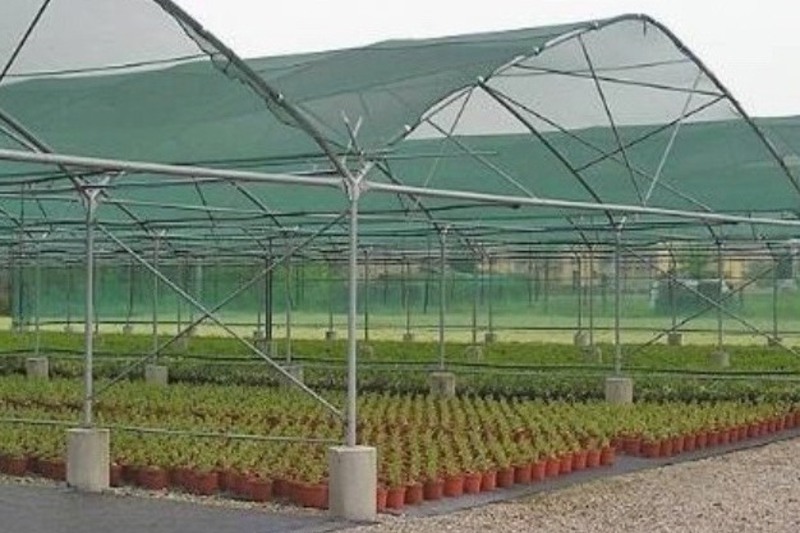
Applications of Shade Nets for Agriculture
- Greenhouses
One of the most common applications of shade nets in agriculture is in greenhouses. The nets are used to cover the structure, providing shade and protection for crops. The shade nets help to regulate temperature levels, reduce water loss, and protect crops from harmful UV rays, improving overall crop growth and yield.
- Open Field Crops
Shade nets can also be used for open-field crops. The nets are placed over crops to provide shade and protection, helping to improve crop growth and reduce the risk of damage from pests and diseases. Shade nets are also a valuable tool for farmers in areas with water scarcity, as they help to conserve moisture in the soil.
- Livestock Farming
Shade nets can also be used in livestock farming. The nets provide shade and protection for animals, improving their overall health and comfort. Additionally, shade nets can help to reduce the risk of heat stress in livestock, which can have a positive impact on animal productivity.
Conclusion
Shade nets for agriculture are a valuable tool for improving crop growth and protection. The nets provide temperature control, reduced water loss, protection from harmful UV rays, and pest and disease control, making them an essential tool for farmers.
Shade nets are available in different colors and densities, allowing farmers to choose the right net for their specific needs. By using shade nets, farmers can improve their crop yield and efficiency, making their operations more sustainable and profitable.
Also Read :-



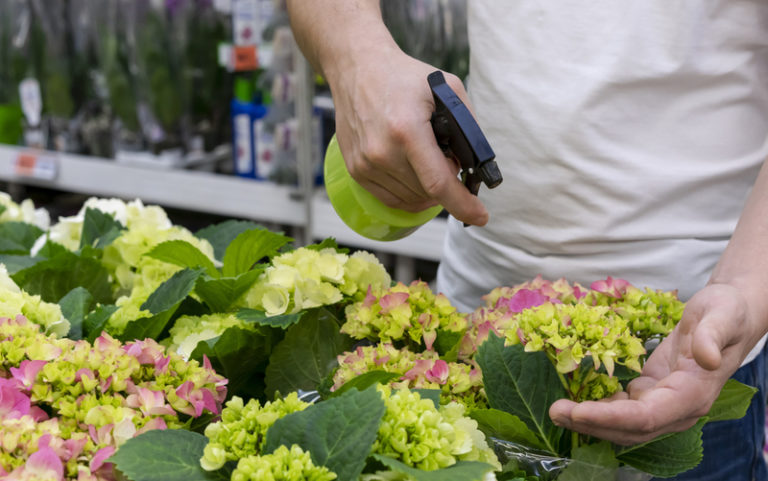

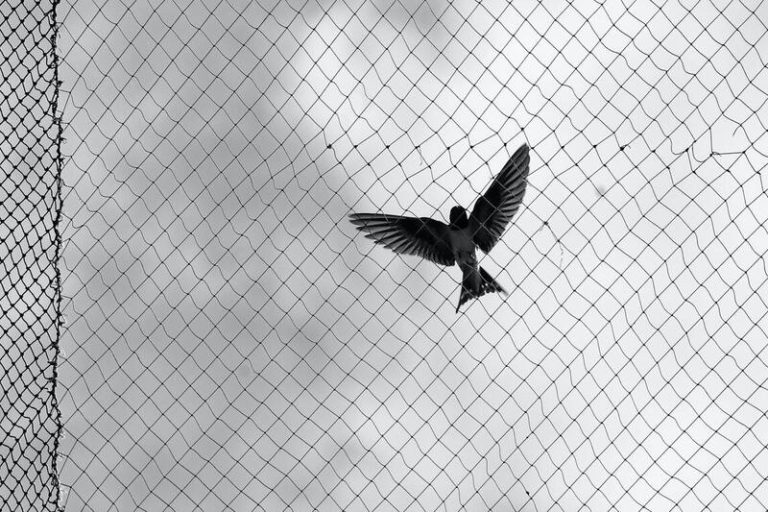
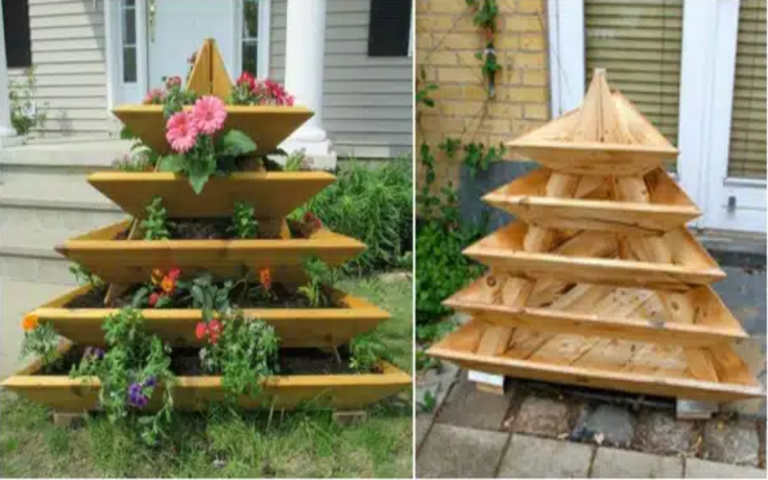
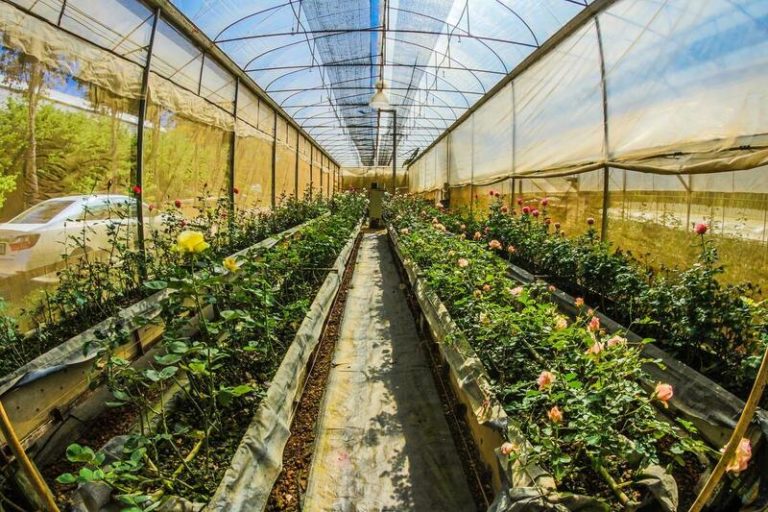
3 Comments